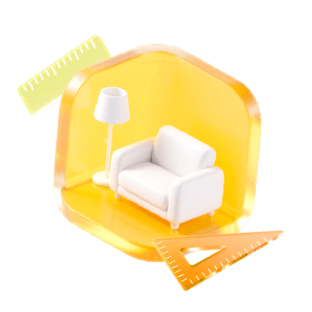In the realm of event organization, crafting visually stunning exhibitions is vital for captivating and involving audiences. Utilizing 3D rendered imagery can elevate a basic concept into a vibrant depiction that showcases the details and complexities of the event setup.
When planning exhibitions, it’s imperative to concentrate on the layout, branding, and overall attendee experience. By incorporating 3D rendering technology, designers can visualize the space prior to actual setup. This approach not only aids in spotting potential design issues but also improves client presentations, facilitating stakeholders in grasping the ultimate vision.
Comprehending 3D Rendering in Exhibitions
3D rendering refers to the technique of generating a three-dimensional visual using advanced software tools. This capability enables designers to depict how an exhibition will appear, encompassing aspects such as lighting, color schemes, and materials. By producing realistic visual representations, designers can effectively communicate their ideas and visions to clients and project teams.
Crafting Impressive 3D Rendered Visuals
To produce compelling 3D rendered images for exhibitions, consider the following guidelines:
FAQ
Q: Which software is most suitable for 3D rendering in exhibitions?
A: Leading software solutions include SketchUp, Blender, and 3ds Max, all of which provide distinct functionalities tailored to diverse requirements.
Q: What is the typical duration required to create a 3D rendered image?
A: The timeframe can differ significantly based on complexity; however, a basic rendering might take a few hours, while intricate exhibitions could demand several days.
Welcome to the leading home design software, Homestyler.



























































